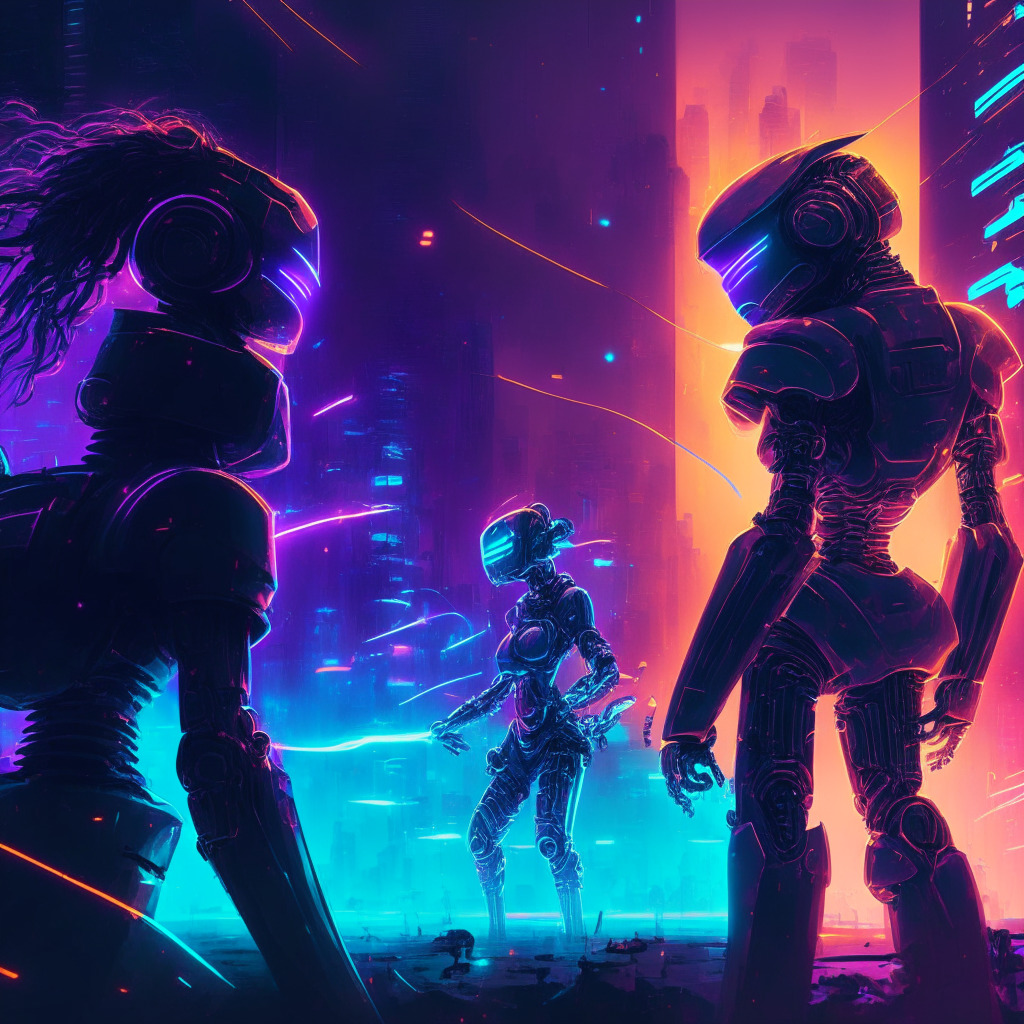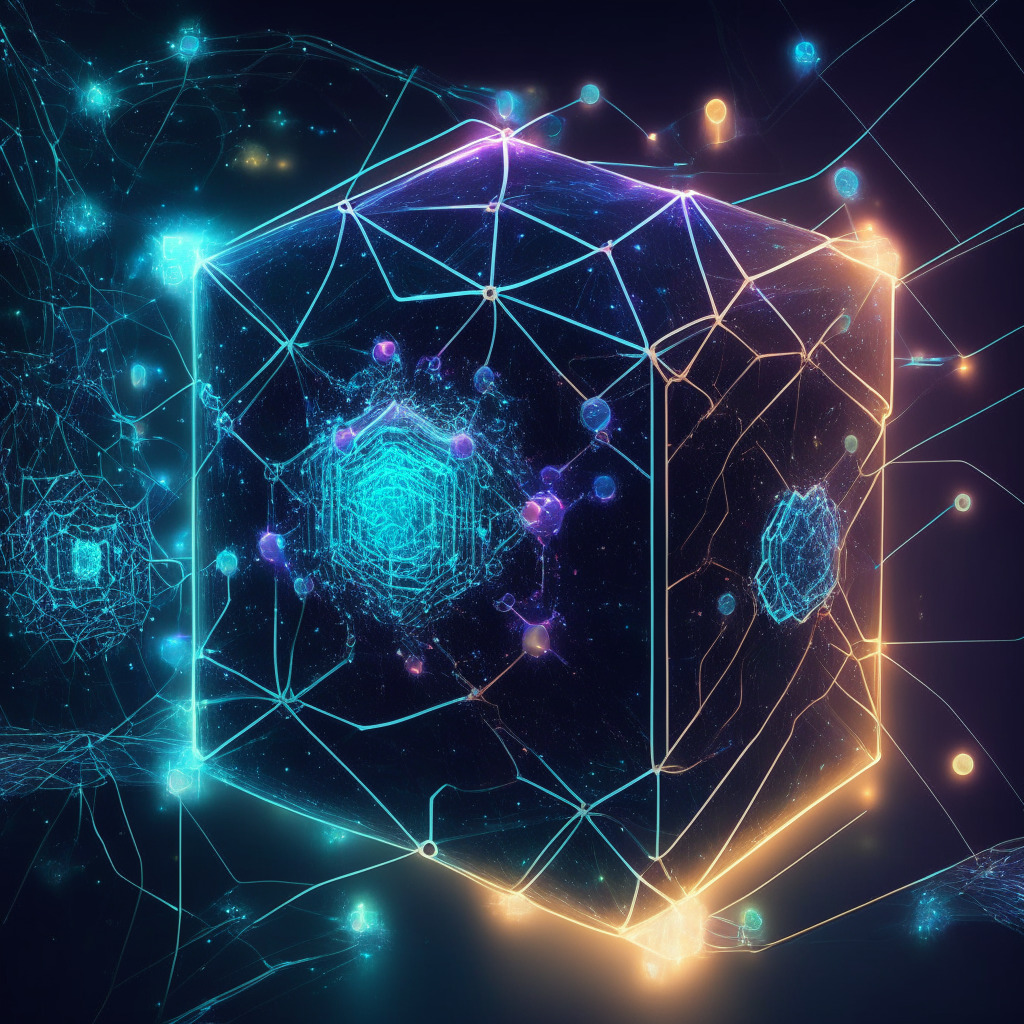The world of AI chatbots has exploded since the public release of OpenAI’s ChatGPT in November 2022. In response, tech giants such as Google and Microsoft have recently introduced their own AI chatbots into the market. Here, we aim to evaluate the strengths and weaknesses of the most well-known chatbots available today.
OpenAI’s ChatGPT-3.5 remains a popular choice, despite the release of its successor, ChatGPT-4. Free to use, ChatGPT-3.5 offers assistance in tasks like essay writing, code debugging, and personal finances. However, it struggles in complex mathematical problems and cannot directly search the internet. While OpenAI plans to expand its search capabilities through plugins, these will be limited to paid users on the Plus plan.
On the other hand, Microsoft’s Bing chatbot, built on OpenAI’s GPT-4 language model, offers the advantage of utilizing Bing’s search engine in its responses. This allows it to access current events and provide sources for its answers. While the Bing chatbot’s response time is slower than its competitors, it is free to use and offers excellent value.
Google’s Bard, running on the PaLM 2 language model, is another strong contender in the market. It offers capacity to generate and be prompted with images, supports multiple programming languages, and connects to the internet. Bard excels in reasoning and logic, which can be advantageous in certain use cases.
While You.com’s YouChat utilizes OpenAI’s GPT-3.5 language model, it differs from ChatGPT through providing source attribution and links to relevant web pages. Connecting to the internet grants YouChat access to current events, but it suffers from incorrect answers and struggles to solve complex mathematical problems.
Meanwhile, HuggingChat is an open-source AI
Source: Cointelegraph




